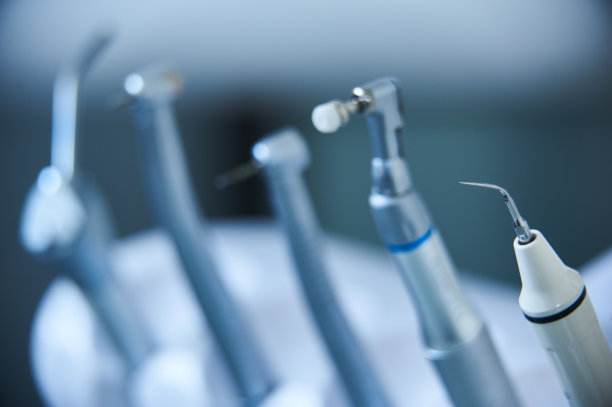Essential Guidelines to Ensure Success and Safety After Your Dental Filling Procedure
Summary: After undergoing a dental filling procedure, it is essential to prioritize both success and safety for optimal recovery. This article outlines four crucial guidelines to follow, including post-operative care, dietary considerations, pain management, and signs of complications. By adhering to these essential steps, patients can ensure the effectiveness of the filling while minimizing any potential discomfort or complications. This comprehensive guide aims to offer insights that will aid in a smooth recovery process, empowering individuals to feel confident in their dental care decisions.
1. Post-operative Care for Oral Health

Following a dental filling procedure, proper post-operative care plays a paramount role in ensuring a successful recovery. First, it is crucial to avoid any strenuous activity for a few hours after the procedure. This not only helps reduce the risk of discomfort but also allows the anesthesia to wear off completely, ensuring that patients do not accidentally bite their tongues or cheeks.
Additionally, maintaining excellent oral hygiene is key during the recovery phase. Patients should gently brush their teeth, avoiding the filled area for at least 24 hours to allow the filling to set properly. Using a soft-bristled toothbrush is advisable to prevent irritation around the filled tooth.
Lastly, regular follow-ups with the dentist are essential. These appointments provide an opportunity for the dental professional to assess the integrity of the filling and ensure that everything is healing as expected. Consistent communication with the dentist helps in addressing any concerns that may arise post-procedure.
2. Dietary Considerations After Filling
Patients also need to be mindful of their diet following a dental filling. Eating soft foods in the initial hours post-treatment can prevent any unnecessary discomfort or damage to the newly filled tooth. Foods such as yogurt, mashed potatoes, and smoothies can provide nutrition without putting undue stress on the dental work.
As the day progresses, it is essential to avoid extremely hot or cold foods, as the sensitivity in the filled tooth may increase with temperature extremes. Gradually reintroducing solid foods is advisable, but individuals should heed their bodys responses and listen to any signals of discomfort.
Moreover, steering clear of sticky or chewy foods is crucial during the recovery period. Such foods can inadvertently dislodge the filling or put excessive pressure on it, leading to complications that may require another dental visit. Maintaining a balanced and safe diet is vital for seamless recovery.
3. Effective Pain Management Techniques
Pain management is a fundamental aspect of recovery after a dental filling. It is common for patients to experience mild discomfort following the procedure, but it can usually be managed effectively. Over-the-counter pain relievers such as ibuprofen or acetaminophen can help alleviate soreness and make recovery more comfortable. However, its important to adhere strictly to the recommended dosages.
Additionally, applying a cold compress to the outside of the face where the filling was performed can help alleviate swelling and discomfort during the first few hours. Implement this method for 15-20 minute intervals to maximize its effectiveness without causing excessive cold exposure to the skin.
In the event that pain persists or intensifies, it’s imperative to contact the dentist promptly. Persistent discomfort might indicate complications, such as an improperly placed filling or underlying issues that need addressing. Early intervention is key to preventing further complications and ensuring a smoother recovery.
4. Recognizing Signs of Complications
Finally, being vigilant for signs of complications can significantly reduce risks following a dental filling. Patients should closely monitor the filled tooth for any changes in color, increased sensitivity, or discomfort that does not subside. If these symptoms arise, immediate consultation with the dentist is imperative.
Additionally, swelling or bleeding from the filled area should not occur. If such symptoms are present, they can indicate an infection or an improperly placed filling, warranting attention from a dental professional as soon as possible.
Lastly, difficulty in chewing or biting down may suggest that the filling is too high or improperly placed. Patients should avoid exerting pressure on the filled tooth until it has been evaluated by a dentist. Recognizing and responding to these signs early can help ensure the longevity of the filling and overall oral health.
Summary: Successful recovery after a dental filling procedure involves understanding and adhering to essential guidelines. These include rigorous post-operative care, conscious dietary choices, effective pain management techniques, and vigilance for potential complications. By following this structured approach, patients enhance their chances of achieving a positive outcome post-treatment and securing their oral health. Remember, informed dental choices lead to healthier smiles!
This article is compiled by Vickong Dental and the content is for reference only



